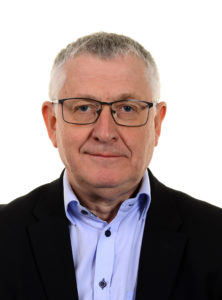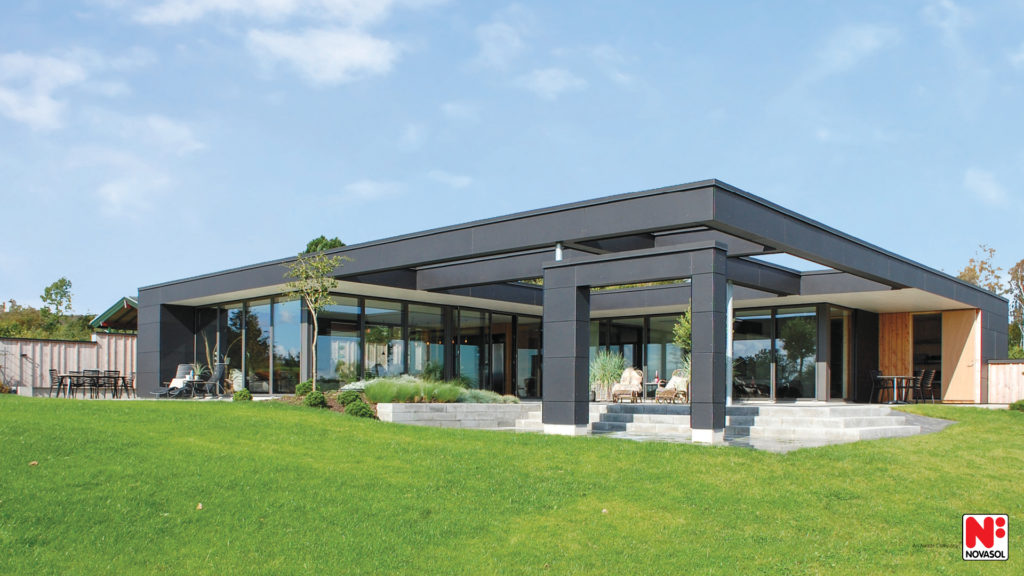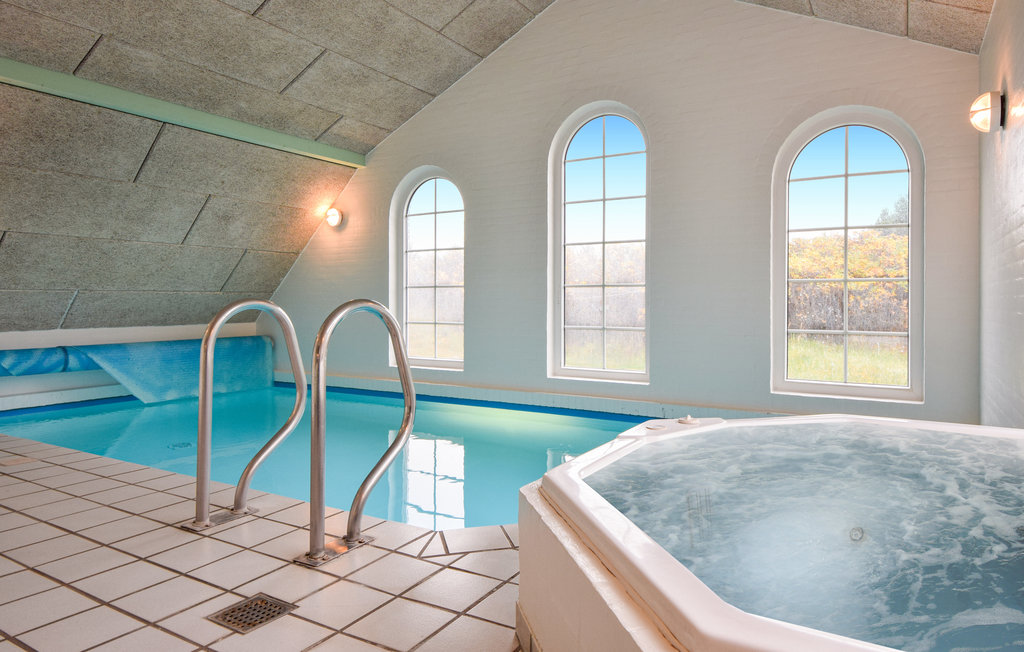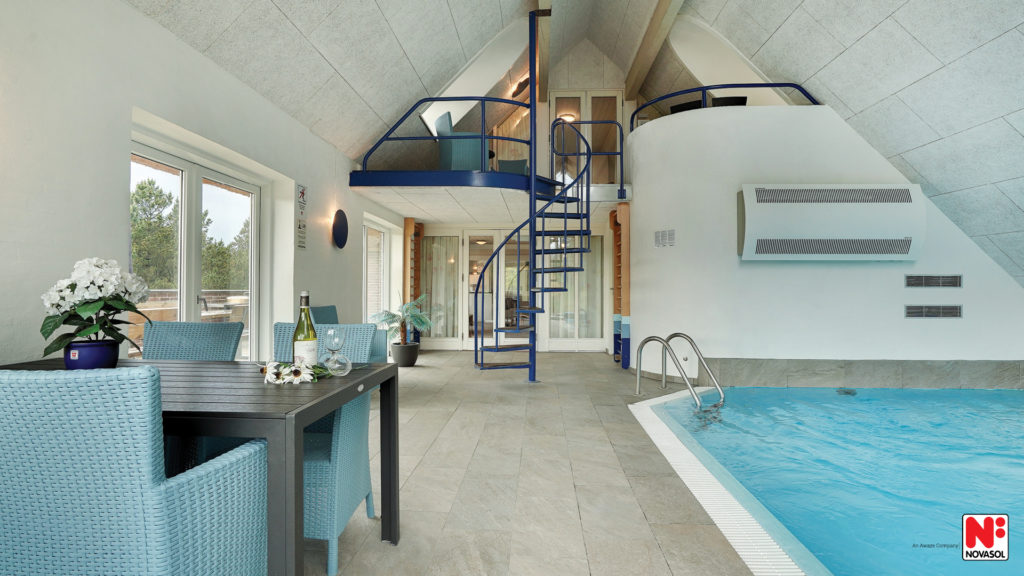A new future for energy systems
We are talking to Henrik Madsen, Professor at the Technical University of Denmark (DTU), who is leading a National Centre for IT-Intelligent Energy Systems in Cities.
What is your role in the ebalanceplus project?
My role is connected to the Danish demo site, which is going to demonstrate technologies in a power to x set up in the Danish energy system.
Could you tell us more about this technology?
In Denmark, we have around 50% of the electricity coming from fluctuating renewables, mostly wind, which means that from time to time, we need to store the energy in a sustainable way. For the project, we selected 15 Danish summer houses with swimming pools and a year-round base load to ensure the water temperature remains above a certain threshold. These swimming pools – with an impressive amount of water that they store – offer an interesting thermal storage possibility, providing flexibility to the grid and at the same time lowering the carbon footprint of the summer houses.

From your point of view, what is the value of the ebalanceplus?
For me, the ebalancedplus project is extremely important because of the focus on the end-user side of the energy system, dealing with the demand response technology. Right now, the energy system is undergoing a transformation from a centralised system, where the flexibility was at central power plants to a decentralised system, where we don’t have these massive power plants and the flexibility has to be on the end-user side. And this is exactly what the project is focusing on. Besides, it is not only the technology, but also the people that we are dealing with here: We investigate the incentives for people to participate in this energy transition and provide flexibility. And this is crucial.
Move forward to 2027: How does the energy market look like in Denmark?
In Denmark, we have passed 50% mark of fluctuating renewables. Going beyond this mark will be a huge challenge, which requires us to unlock a lot of flexibility.
Since we have a cold climate in Denmark, we need heating 6-7 month of the year. To a large extend the heating relies on district heating systems (which involves a lot of water in pipes). Now, in the ebalanceplus we have a demo site, which tests solutions based on water in swimming pools and use of heat pumps. Without going into too many technical details, I think the technology can more or less be copy-pasted from the ebalanceplus demosite to the Danish system with its district heating system. So that’s my expectation and hope.
What is unique about the ebalance-plus project compared to similar projects and solutions?
The unique characteristic of the ebalanceplus project is its strong focus on the demand side. And what is important, the focus is both on the technology, which allows to achieve flexibility and resilience, as well as on the user engagement. Furthermore, this project is important to us because it gives us a possibility to further develop and test our Smart-Energy OS, which is characterised by the indirect control approach based on one-way communication of prices to the end-users, and a more elaborate description of the flexibility using the so-called Flexibility Function.
Another important aspect is the fact that, the Danish ebalanceplus pilot will zoom in on the capabilities of the buildings to provide grid services for the DSOs.
What is the biggest challenge of the project?
I think, the biggest challenge is to link the flexibility on the end-user side to the markets. The current conventional market thinking is too simple. If we want the new solutions to be accepted and used, we need to create new mechanisms to link the flexibility at the end user side with a high-level electricity market. And that’s a challenge.
What has to be done to integrate the end users into the high-level electricity market?
I believe that in order to ensure that the end users can become a part of the high-level electricity markets, we need a type of hierarchical system, like the one in ebalanceplus. Probably we also need specialised technical low-level aggregators, which could take advantage of expertises in certain segments, like summer houses, wastewater treatment plants, and supermarkets.



